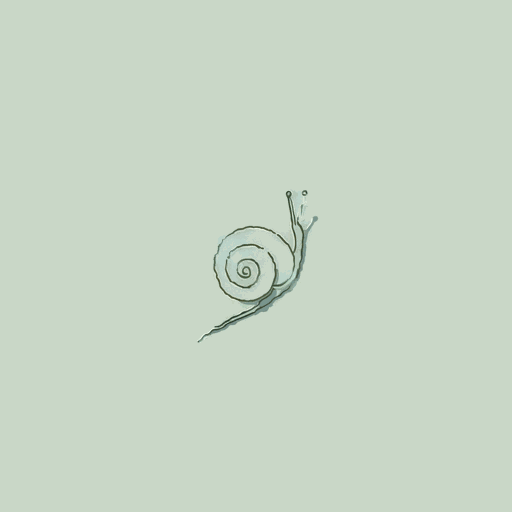23 pages • 46 minutes read
Virginia WoolfThe Mark on the Wall
Fiction | Short Story | Adult | Published in 1917A modern alternative to SparkNotes and CliffsNotes, SuperSummary offers high-quality Study Guides with detailed chapter summaries and analysis of major themes, characters, and more.
Summary and Study Guide
Summary: “The Mark on the Wall”
The narrator muses that it must have been January of the present year when she first detected a small, round, dark mark on the wall. This mark will serve as the impetus for the entire story. She then states that “in order to fix a date”, it “is necessary to remember what one saw” (1). Next, she recalls the fire, a ray of light on her book, and three chrysanthemums in a vase, in order to doubly verify her recollection that it was winter when she first saw the mark. She also recalls that she was smoking a cigarette when she looked up and saw the mark for the very first time. She remarks that the mark was small and round, black upon the white wall, and about six or seven inches above the mantelpiece.
She muses that the mark cannot have been made by a nail used to secure a picture, and instead concludes that it must have been made to mount a miniature of “a lady with white powdered curls, powder-dusted cheeks, and lips like red carnations” (1). She states that this miniature must have been a fraud, because the people who lived in the house before her would have chosen an old picture for an old room. She then reveals that she thinks of the former inhabitants of the house often, and imagines them in all kinds of strange places, although she will never know what actually became of them.
The narrator then reconsiders the mark, and revises her former opinion, stating that it is too big and too round to have been made by a nail. She asserts that she could get up to investigate it further but that even if she did, she still wouldn’t be able to tell for certain, “because once a thing’s done, no one ever knows how it happened” (2). She then expresses a lamentation about the “mystery of life,” “the inaccuracy of thought,” and “the ignorance of humanity” (2).
Next, she asserts that, in order to demonstrate the fact that humans have very little control over their possessions, and that living is primarily composed of accidents, she will recite a list of only a few of the items that can be lost in one lifetime. She then recites a list of sundry items. She finds it to be a wonder that she even has the clothes on her back, and the furniture in her room, and likens life to being blown through the Tube at fifty miles per hour, landing at the other end with all of one’s hairpins blown off, and arriving at God’s feet completely naked.
The narrator then likens the afterlife to “the slow pulling down of thick green stalks so that the cup of the flower, as it turns over, deluges one with purple and red light” (3). She conjectures that, in symmetry that feels right to her, one comes into a state of consciousness very similar to that of a baby in the afterlife. She prognosticates that, after death, one will not be able to distinguish the shapes around them for about fifty years, after which time even more mystery awaits.
The narrator then pronounces that the mark on the wall is not a hole at all; it may be a blemish caused by a round black substance, such as a small rose leaf. She impugns her own housekeeping skills, citing the dust on the mantelpiece as evidence of her negligence. This reminds her of an austere woman who is a housekeeper. The woman has a profile that resembles a policeman. In her mind, the woman menacingly draws near to her, pointing out the dirty places in her home. The narrator feels that she must “end” this woman by taking action and finally getting up to investigate the mark once and for all. However, the narrator then refuses to “be beaten,” and resolves not to move, and thereby not to humor the woman in her conjuration. The vision of the woman therefore fades, along with the woman’s insinuations. The narratorremarks that she will settle her score with the woman at another time.
The narrator tells us that she now desires to “think quietly, calmly, spaciously,” and that she does not want to be interrupted, or roused from her chair (4). She wishes to allow her mind to freely associate, and to think deeply. In order to steady herself, she catches hold of the first idea that passes through her mind, which turns out to be Shakespeare. She then quickly abandons that train of thought, thinking it utterly uninteresting. She wishes that she could “hit upon a pleasant track of thought” that would reflect well on her character (4). She then muses about which kinds of thoughts could do that, and reveals that, if she were to think such desirable things, she would stealthily preen her ego within her mind, but that if she began to openly boast about the quality of her thoughts, she would immediately fetch a book in order to stop herself from doing so. She reflects that all people instinctively protect themselves from becoming conceited, and entertains the dreadful thought that when one’s inflated image of self shatters, they are left with “only that shell of a person which is seen by other people” (5).
She then states that, when she and the people around her face each other in buses and trains, they are really looking in a mirror, which accounts for the vagueness and glassiness of peoples’ expressions. She conjectures that the novelists of the future will come into a fuller understanding and investigation of this fact. They will explore and parse the fact that reality is composed out of a myriad of fragmented reflections, rather than a singular or unifying system of perception.
Next, the narrator reveals that it is both shocking and wonderful to realize that all of the things she remembers about Sunday luncheons are not entirely real; instead, they are “half phantoms, and the damnation which [visits] the disbeliever in them [is] only a sense of illegitimate freedom” (6). Shewonders what will rise up to take the place of things and recollections that she once thought to be solid, but which are not substantial after all. She entertains the hope that the masculine point of view—which governs the lives of women and sets the standard, while simultaneously growing careworn and thin since the end of the war—will soon be “laughed into the dustbin where the phantoms go” (6). She reflects that such an occurrence would leave all with an invigorating sense of freedom—if freedom truly exists, that is.
The narrator returns to the mark on the wall. She reveals that, in certain lights, the mark appears to be three-dimensional, and not entirely circular. She remarks that, if she were to run her finger down the wall, it would encounter a small tumulus where the mark is. This reminds her of the barrows on the South Downs, which are either tombs or campgrounds. She prefers to think of them as tombs: “desiring melancholy like most English people and finding it natural at the end of a walk to think of the bones stretched beneath the turf” (6). She cogitates on these barrows, thinking that there must be a book about them somewhere, written by an antiquary. She contemplates about the characteristics of antiquaries—whom she concludes are mostly retired colonels—as well as their laborious work, which oftenultimately proves nothing.
The narrator declares that, in the end, nothing is proven, and nothing is known. Even if she were to rise up and ascertain what the mark on the wall is, she is uncertain of what she would gain. She might gain knowledge, but she can think just as well sitting where she is. She impugns the learned men of her society as nothing more than “the descendants of witches and hermits who crouched in caves and in woods brewing herbs, interrogating shrew-mice, and writing down the language of the stars” (7). She asserts that the less these men are falsely honored, the less weight superstitions bear, and the greater “our respect for beauty and health of the mind” is (7). She remarks that a world unfettered by the worship of these learned men—“a world without professors or specialists or house-keepers with the profiles of policemen”—would be a beautiful world full of peace and freedom. She then woefully remarks that if it weren’t for Whitaker’s Almanack and the Table of Precedency, such a world could be realized.
The narrator states that she really must now get up and ascertain what the mark on the wall is. She calls this gambit “Nature once more at her old game of self preservation” (8). By this, she means that to get up and classify the mark on the wall as definitively this or thatwould either be a waste of energy, or some dispute with reality which will be unwinnable against the exacting, empirical knowledge that, say, Whitaker’s Almanack presents. She muses that the Almanack has already catalogued and delineated all things, and that Nature advises the human to let this fact comfort him, rather than enrage him. Ultimately, the narrator believes that Nature prompts people “to take action as a way of ending any thought that threatens to excite or pain” (8). She concludes that although society condemns men of action as those who do not think thoroughly enough, there would be nothing wrong with taking decisive action, ending her disagreeable thoughts, and looking closely at the mark on the wall.
The narrator fixes her eye upon the mark and feels the oppressive influence of the Almanack—personified by Archbishops and the Lord High Chancellor—flagging. She finds momentary comfort in the mark’s material realness. She likens this experience to a person grounding themselves using the solidly-material items in their room after waking up from a nightmare. Wooden furniture, for instance, serves as empirical proof of “some existence other than ours” (9).
This thought sends the narrator into a rumination about wood. She submits to a reverie about trees: trees next to rivers, beneath which cows leisurely graze. Trees that enjoy a dry sensation of wood, and which produce deliciously oozing sap. Trees which stand with their leaves furled on winter nights. Trees which listen to the songs of birds and feel the legs of insects upon them. Trees whose branches eventually fall off. Trees that find new life as articles of furniture in rooms across the world. The narrator states that she should like to think about every tree in the world as a separate entity, but her reverie is suddenly interrupted by someone, ostensibly her husband, saying that they are going to go out to buy a newspaper. The person continues: “Though it’s no good, buying newspapers […] Nothing ever happens. Curse this war! God damn this war! […] All the same, I don’t see why we should have a snail on our wall” (10). The mark on the wall is thus revealed to be a snail.
Related Titles
By Virginia Woolf

A Haunted House and Other Short Stories
Virginia Woolf

A Room of One's Own
Virginia Woolf

Between The Acts
Virginia Woolf

How Should One Read a Book?
Virginia Woolf

Jacob's Room
Virginia Woolf
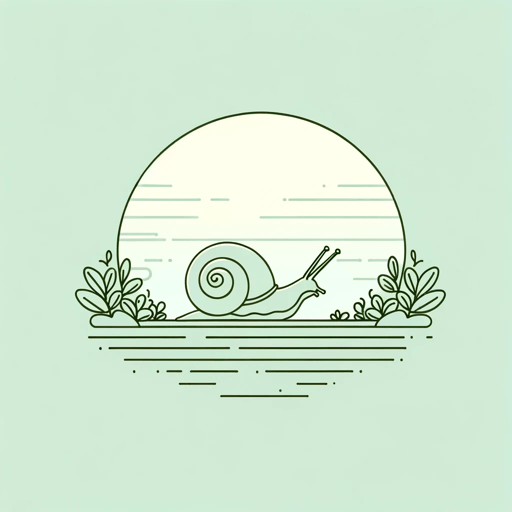
Kew Gardens
Virginia Woolf

Modern Fiction
Virginia Woolf

Moments of Being
Virginia Woolf
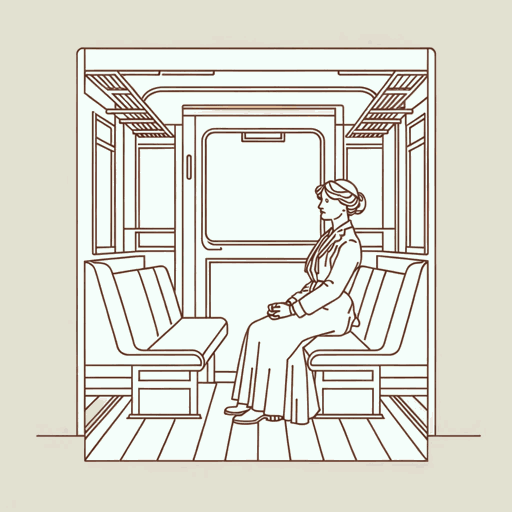
Mr. Bennett and Mrs. Brown
Virginia Woolf

Mrs. Dalloway
Virginia Woolf
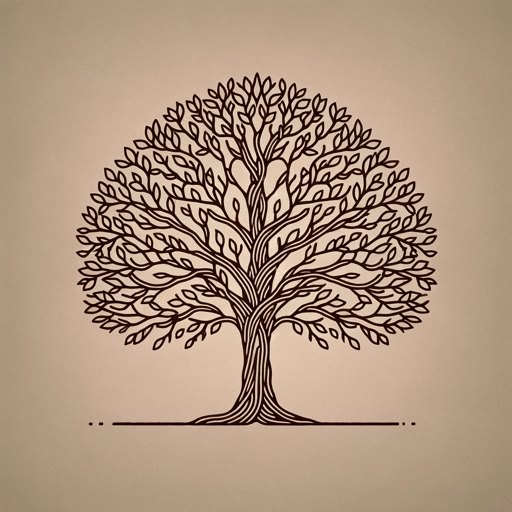
Orlando
Virginia Woolf
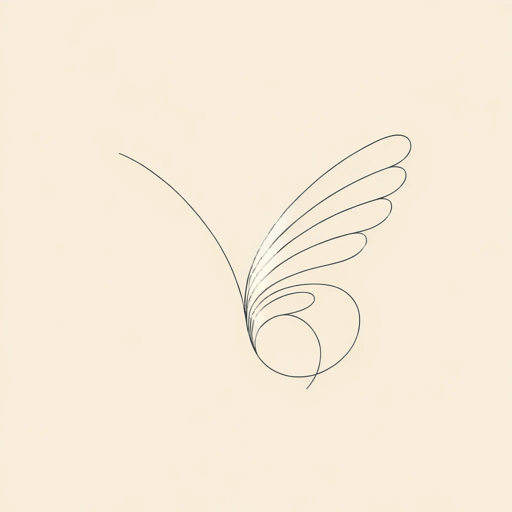
The Death of the Moth
Virginia Woolf
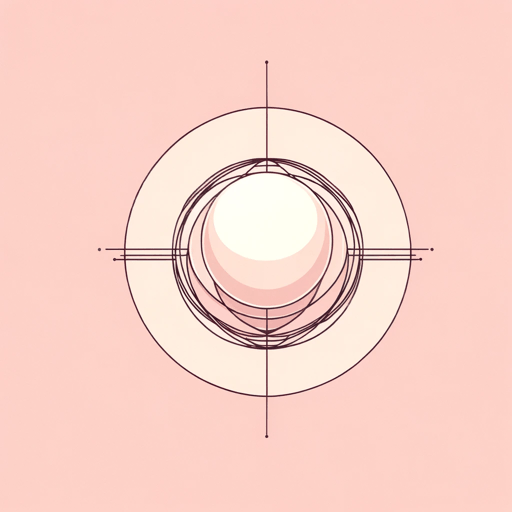
The Duchess and the Jeweller
Virginia Woolf
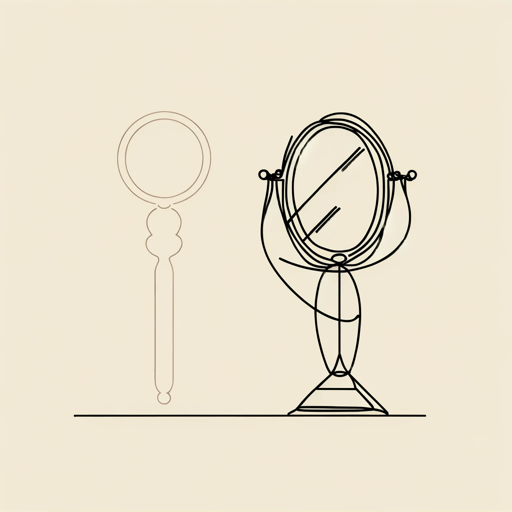
The Lady in the Looking Glass
Virginia Woolf
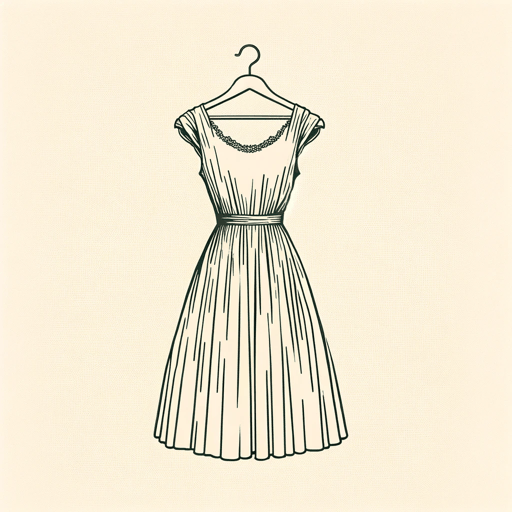
The New Dress
Virginia Woolf

The Voyage Out
Virginia Woolf

The Waves
Virginia Woolf
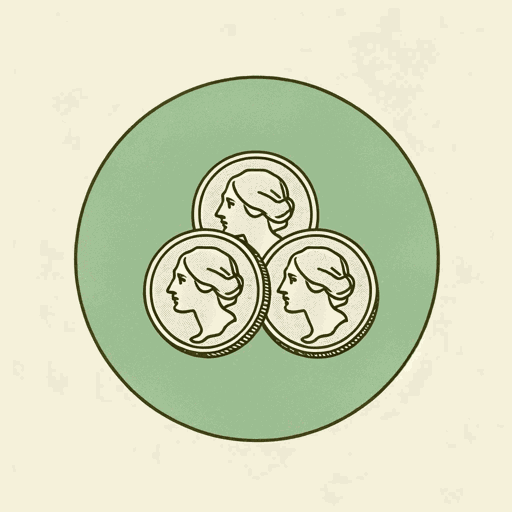
Three Guineas
Virginia Woolf

To the Lighthouse
Virginia Woolf
